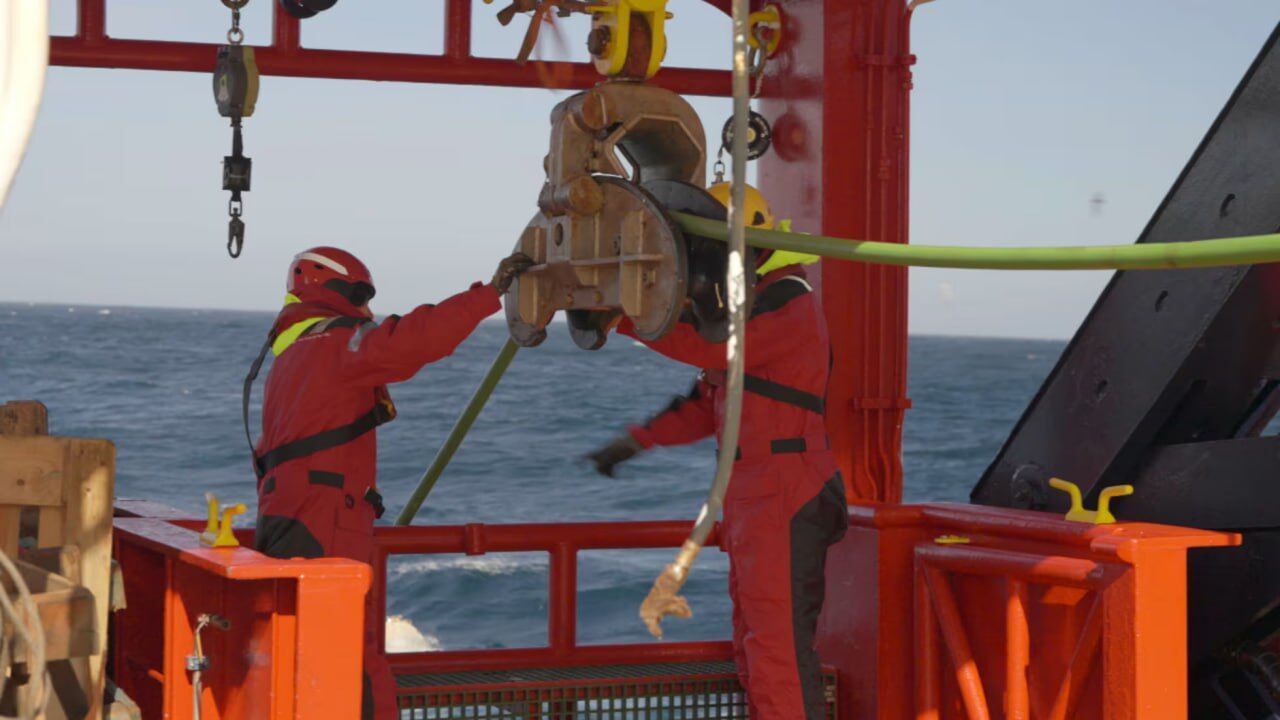News
Spanish scientists have discovered large-scale methane emissions in Antarctica: it could be a "bomb for the planet's climate"
A team of Spanish scientists has discovered "massive emissions" of methane in the Antarctic. This gas can heat the planet about 30 times more than carbon dioxide (CO₂).
Geologists have spotted methane columns in the ocean up to 700 meters long and 70 meters wide. These hitherto unknown emissions could be a "bomb for the planet's climate," EL PAÍS writes.
The expedition leaders, geologists Ricardo Leon and Roger Urgeles, who conducted the research aboard the Sarmiento de Gamboa, said they had discovered exactly what they feared. The scientists set sail in search of these massive, then hypothetical, leaks.
They confirmed that the compound had accumulated on the seafloor about 20,000 years ago as a result of the decomposition of organic matter in the form of methane hydrates, a crystalline solid.
"It's like ice, which you can set on fire and it will burn," explained Roger Urgelles, a geologist at the Institute of Marine Sciences in Barcelona.
The theory was that the thinning of the vast Antarctic ice sheet, which began at the end of the last ice age, was causing the land to lose weight and the continent to rise. And this phenomenon, known as post-glacial rebound, is contributing to the release of methane ice buried for millennia in the seabed.
The researchers looked for leaks on the coast of the Antarctic Peninsula, one of the regions of the planet hardest hit by global warming, where temperatures have risen by more than three degrees Celsius in just half a century.
"We estimate that this area has about 24 gigatons of carbon stored in methane hydrates, which is equivalent to the amount emitted by all of humanity in two years," Urgeles warned.
The danger is that frozen, solid methane turns into gas. "These phenomena have already been recorded in the Arctic, but this is the first time they have been detected in Antarctica," said Ricardo Leon, a scientist at the Spanish Geological and Mining Institute.
Preliminary research results show that the gas is bursting out of the ground along faults, often through mud volcanoes hundreds of meters above the seabed.
Scientists note that ice hydrates of methane are stable at low temperatures and high pressures, but as the ocean warms and the weight of the sea decreases - due to the rise of the Antarctic continent - they become destabilized and the gas escapes.
The methane plumes observed by the researchers dissolve about 150 meters from the ocean surface. Future analysis of the samples will show to what extent the gas enters the atmosphere.
Geologists Ricardo Leon and Roger Urgeles warn of another threat. The instability of marine sediments can cause huge shifts in the continental slope, which can lead to tsunamis.
"When methane hydrates become a gas, they take up 160 times the volume. If it doesn't dissipate quickly, it can cause huge landslides, such as the Storegg landslide in the Arctic," Urgeles emphasized.
The researcher cites the example of the largest known underwater landslide - the movement that caused the tsunami that swept along the coast of Northern Europe about 8,150 years ago.
The height of the waves then reached 20 meters on the Shetland Islands of modern Scotland, but geological traces of the disaster can still be found along the entire coast of Norway, Denmark and even Greenland, scientists say.
Only verified information is available on the OBOZ.UA Telegram channel and Viber. Do not fall for fakes!




























